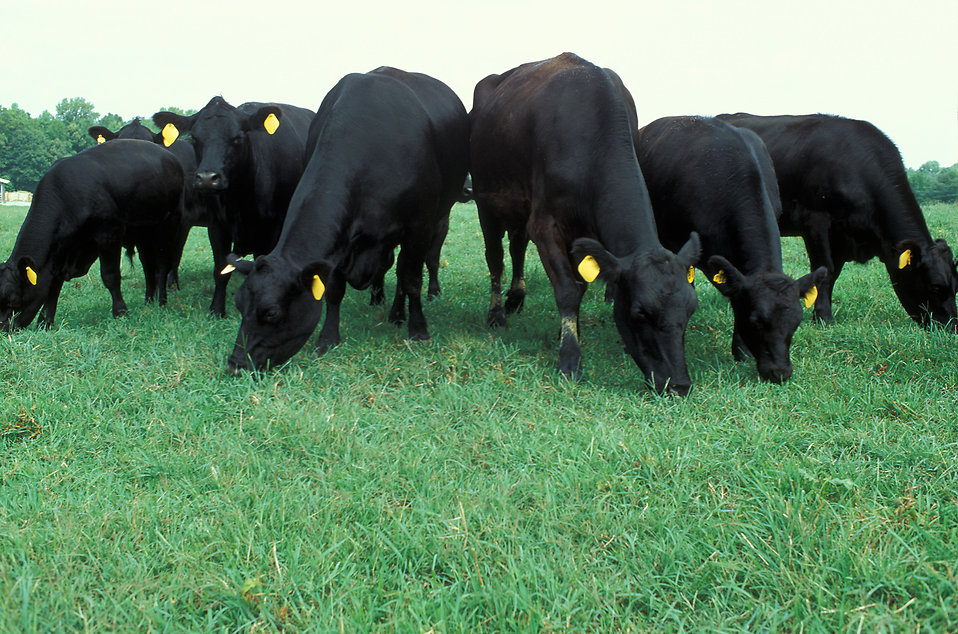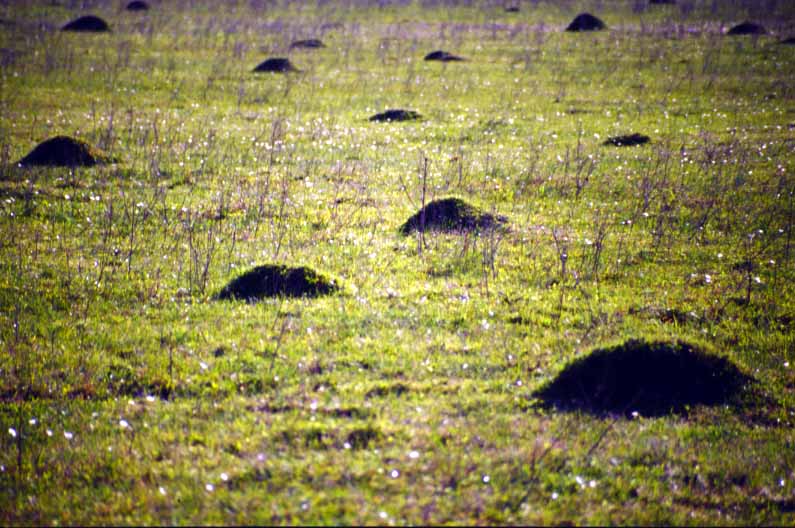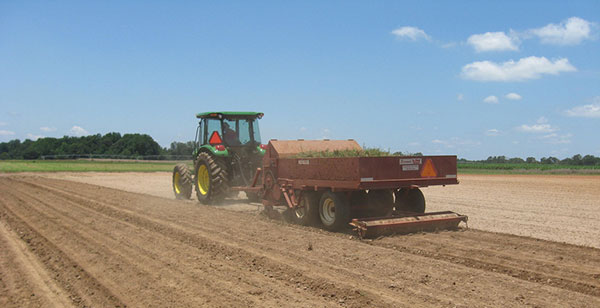pastures
-

It seems like every summer I get calls from hay producers and cattlemen worried that a lack of timely rain or over-fertilization will cause their forage to be high in nitrates. Every winter I get calls from producers with dead cattle or late term abortions, that are worried that the hay they are feeding is…
-

In the Piedmont and northern Georgia, UGA Extension recommends planting tall fescue between September 1 and October 15. So, why discuss planting in March? In areas where tall fescue is adapted, conversion of toxic Kentucky-31 pastures and hayfields to a non-toxic, novel endophyte variety represents one of the most financially beneficial decisions available to livestock…
-

If you are feeding hay in the winter, eventually you are going to have to deal with mud. Mud increases animal stress and can lead to increased production costs. It is important for producers to know how mud limits livestock production and ways to manage this issue. How does mud reduce the profitability of my…
-

To be so tiny, ants can cause lots of turmoil in our hayfields and pastures including equipment damage, employee harm (i.e. loading square bales), and just plain aggravation. Many times we as livestock or hay producers have what we consider more pressing things to attend to: fertilizing, armyworm control, or everyday life. When we put…
-

Forage establishment can be frustrating but can be successful if you have a plan. Forage establishment techniques can vary depending upon forage species, location, soil type, pasture situation and intended use. Good establishment techniques are essential to getting good high yielding forage stands. Let’s look at several reasons why producers can successfully establish forages.
-

By Charlotte Meeks Houston County CEA While temporary fencing cannot replace permanent fencing, it has its place in a grazing management system. Temporary fencing can be used to divide permanent pasture for rotational grazing or intensive grazing systems, open areas for temporary grazing or to exclude livestock from an area. While permanent fences are intended to last for years, temporary fencing…
-

By Roger Gates Whitfield County CEC “Taking stock” is a phrase that means to “think carefully about a situation… so that you can decide what to do.” Historically, the phrase came from a farmer’s practice of counting the number of animals on the farm. Periodic livestock inventories provide important and useful records. Creating and maintaining…